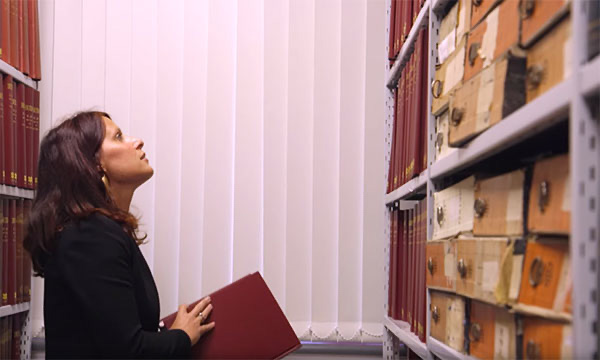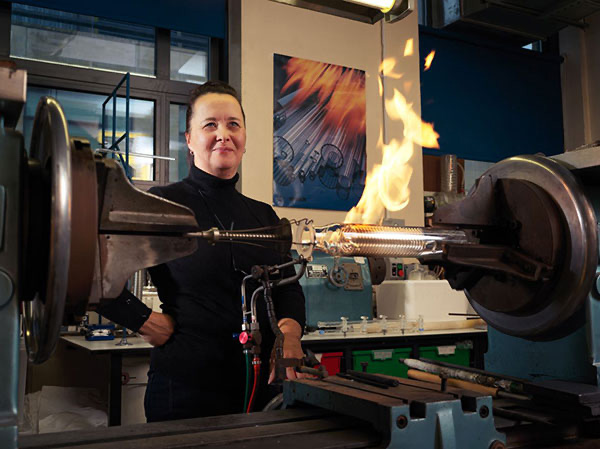The Decoding Reality book is a classic contemporary analysis of the foundations of physics and the implications for the human world. The scientists don’t see that physics and science are the infrastructure on which the human “quest for meaning” takes place. Ortega (Ortega y Gasset, died in 1955) tells us that a person is “a point of view directed at the universe.” This level of meaning cannot be reduced to bits or qubits or electrons since man is a “linguistic creature” who invents fictional stories to explain “things” that are not things.
The following dialog between Paul Davies (the outstanding science writer) and Vlatko Vedral (the distinguished physicist) gropes along on these issues: the difference between science as one kind of story and the human interpretation of life and self expressed in “tales” and parables, fictions and beliefs:
Davies: “When humans communicate, a certain quantity of information passes between them. But that information differs from the bits (or qubits) physicists normally consider, inasmuch as it possesses meaning. We may be able to quantify the information exchanged, but meaning is a qualitative property—a value—and therefore hard, maybe impossible, to capture mathematically. Nevertheless the concept of meaning obviously has, well… meaning. Will we ever have a credible physical theory of ‘meaningful information,’ or is ‘meaning’ simply outside the scope of physical science?”
Vedral: “This is a really difficult one. The success of Shannon’s formulation of ‘information’ lies precisely in the fact that he stripped it of all “meaning” and reduced it only to the notion of probability. Once we are able to estimate the probability for something to occur, we can immediately talk about its information content. But this sole dependence on probability could also be thought of as the main limitation of Shannon’s information theory (as you imply in your question). One could, for instance, argue that the DNA has the same information content inside as well as outside of a biological cell. However, it is really only when it has access to the cell’s machinery that it starts to serve its main biological purpose (i.e., it starts to make sense). Expressing this in your own words, the DNA has a meaning only within the context of a biological cell. The meaning of meaning is therefore obviously important. Though there has been some work on the theory of meaning, I have not really seen anything convincing yet. Intuitively we need some kind of a ‘relative information’ concept, information that is not only dependent on the probability, but also on its context, but I am afraid that we still do not have this.”
For a physicist, all the world is information. The universe and its workings are the ebb and flow of information. We are all transient patterns of information, passing on the recipe for our basic forms to future generations using a four-letter digital code called DNA.
See Decoding Reality.
In this engaging and mind-stretching account, Vlatko Vedral considers some of the deepest questions about the universe and considers the implications of interpreting it in terms of information. He explains the nature of information, the idea of entropy, and the roots of this thinking in thermodynamics. He describes the bizarre effects of quantum behavior—effects such as “entanglement,” which Einstein called “spooky action at a distance” and explores cutting edge work on the harnessing quantum effects in hyper-fast quantum computers, and how recent evidence suggests that the weirdness of the quantum world, once thought limited to the tiniest scales, may reach into the macro world.
Vedral finishes by considering the answer to the ultimate question: Where did all of the information in the universe come from? The answers he considers are exhilarating, drawing upon the work of distinguished physicist John Wheeler. The ideas challenge our concept of the nature of particles, of time, of determinism, and of reality itself.
Science is an “ontic” quest. Human life is an “ontological” quest. They are a “twisted pair” where each strand must be seen clearly and not confused. The content of your telephone conversation with your friend, say. is not reducible to the workings of a phone or the subtle electrical engineering and physics involved. A musical symphony is not just “an acoustical blast.”
The “meaning of meaning” is evocative and not logically expressible. There’s a “spooky action at a distance” between these levels of meaning versus information but they are different “realms” or “domains.”


